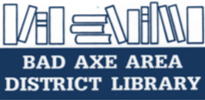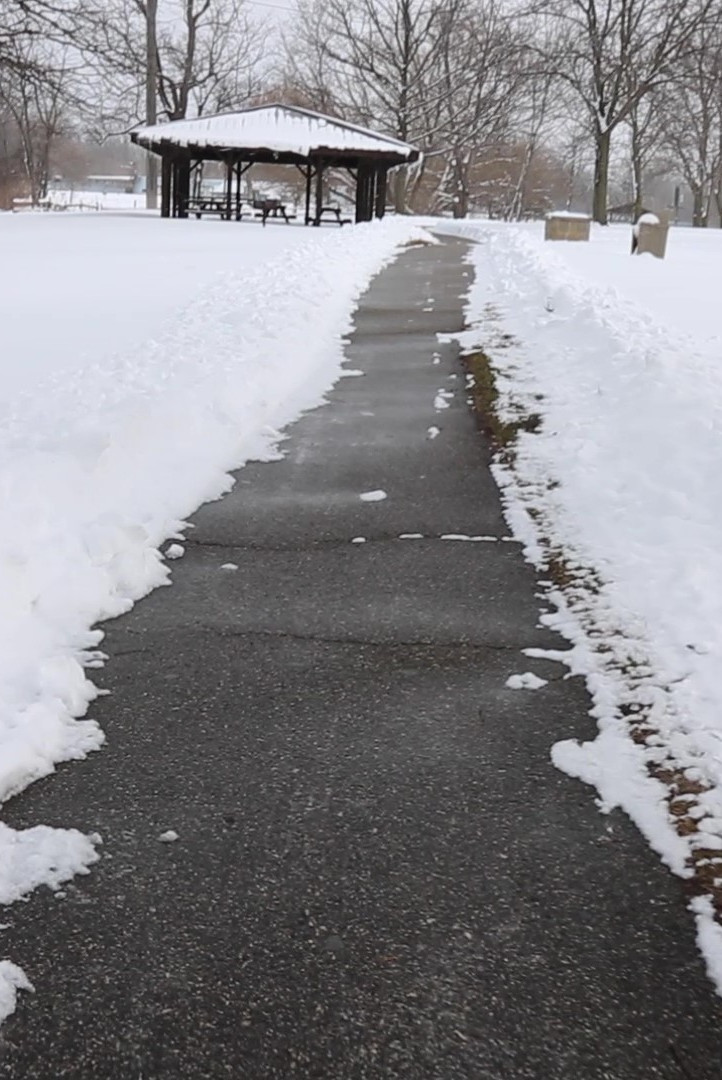Bad Axe Area District Library
"What are our aspirations for our community?"
"What concerns do we have about our community achieving those aspirations?"
"What actions could we take as a community that would make a difference?"
"Whom do we trust in the community to help achieve our aspirations?"
These are some of the questions that members of the staff of the Bad Axe Area District Library posed to city residents in a series of small group community conversations held from November 2016 through March 2017. Bad Axe Library staff members met with 72 community members, including high school students, parents, business owners and employees, teachers, professionals, retirees, and religious leaders. We compiled the input received during these community conversations and distilled what we heard into several over-arching themes that are discussed in this report. Our intent is to share the results of our conversations with as many residents as possible in the hope that the community will come together to further discuss what people are saying and move forward on taking actions that will make a difference. The Bad Axe Library staff plans to use what it has learned from this effort to plan and refine programs in response to the needs and desires of the community.
We received guidance and support during this effort from the Harwood Institute for Public Innovation, the Library of Michigan, and the Midwest Collaborative for Library Services. Funding was provided by the Institute for Museum and Library Services as part of the American Library Association’s “Libraries Transforming Communities” campaign which seeks to strengthen communities by giving libraries the tools they need to bring community voices together and help implement change.
ASPIRATIONS FOR THE COMMUNITY OF BAD AXE
Residents who participated in community conversations voiced their desire to live in a place that has shared civic pride, enjoys a strong and growing economy, and is culturally and socially vibrant and thriving.
Community Pride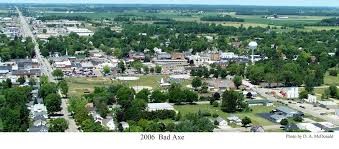
In defining community pride, we heard participants use terms such as community spirit, unity, enthusiasm, loyalty, hope for the future, and sense of identity. People want to see community members from diverse groups participating in projects to improve the city, neighbors helping neighbors, and people from different generations and backgrounds connecting in welcoming, non-judgmental ways.
Community pride means making our city an attractive place where people want to stop and visit, even if they are passing through on their way to someplace else. It means having an appealing downtown area with coordinated, attractive storefronts and neighborhood streets with well-cared-for homes and lawns.
“A lot of people in town just assume that someone else will do it.”
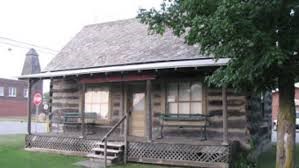
Participants voiced the concern that our community lacks a vision or sense of identity. People seem to have turned inward and become isolated, possibly due to use of social media or a lack of desire to socialize and connect with others. Others are active within their own limited circles, but seem wary of extending themselves beyond those groups. It was said that certain community members don’t show an interest or wish to get involved while others are over-extended between work, family and church obligations. Some talked about reticence on the part of certain people in the community to be open to change because of an attitude of “we’ve always done it that way”. Some of the young people feel they are misunderstood and unfairly judged by older people, at the same time acknowledging that they don’t really know or understand their elders.
“There’s a lack of local focus on community needs and service; groups send people out of state and out of country to do projects, but projects don’t get initiated here in town.”
Several participants noted that our community leaders rarely, if ever, lead, perhaps finding it easier to “go with the flow”. Many participants phrased the issue differently, expressing a desire for stronger leadership through cooperation among city government and civic organizations. By this, they mean stronger engagement by city management with city residents and a more active association between city government and civic organizations to undertake projects, promote the community and create civic pride. It was also felt that if more people--especially young people--stepped up to leadership positions, new ideas for city improvement and promotion could be generated and acted upon. During the conversations, people offered a number of ideas they thought could help boost community pride and engagement:
- Create a clearinghouse of city projects in need of being undertaken
- Assemble a directory of volunteers willing to help with projects
- Create an historic section of town or highlight historic buildings
- Plant more trees around town
- Improve downtown aesthetics
- Increase enforcement of city blight laws
Instilling community pride also involves strong, solid promotion and communication of events, services, and opportunities so that everyone in the community is aware of and can take advantage of what the city has to offer.
“We need more promotion and communication of community events, services, opportunities . . . a better flow of information about what is happening in town.”
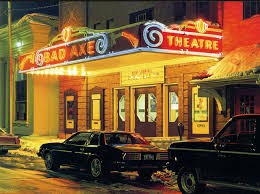
- Creating a single place where all community information is maintained and kept up to date
- Placing an electronic sign near City Hall with upcoming events
- Re-instituting the banners across Huron Avenue
- Establishing a visitor center
- Making better use of WLEW, including the segment “What do you think?” and thumbnet.net
- Creating an app for publicizing community events
One of the biggest issues discussed centered on the need for jobs—jobs to retain high school graduates, jobs to attract college graduates to return home and start careers and families, and more diverse jobs to augment current agricultural and industrial employment. As one participant put it, “Not everyone wants to work in a factory or on a farm.”
“Create an incubator in the area for new businesses that includes low-interest loans and support from local entities. That will create more pride because of increased investment in the community.”
Many reflected on the need to help high school graduates transition successfully into local area jobs, so that they will not feel the need to leave the area to find work.
“Expand on Gemini’s effort to get students in to local industries for internships so that they become familiar with the jobs available here.”
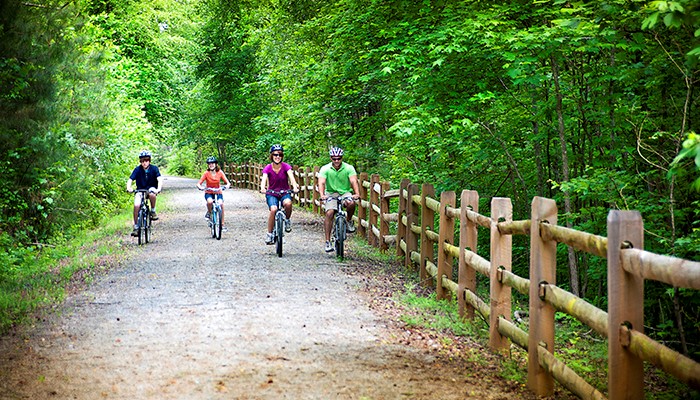
Finally, many expressed the desire to see improved housing stock for purchase and rent, noting that attractive jobs and quality housing go hand in hand. “The housing stock in town looks tired,” was a recurring statement we heard. One participant related that an individual who wanted to move here couldn’t because of a lack of available rental property.
Vibrant and Thriving Community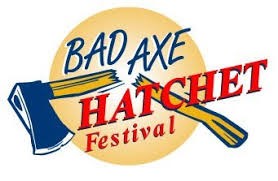
What does it mean to have a vibrant and thriving community? We heard a number of different perspectives from participants. Many voiced a desire to have more facilities and resources that would allow for healthier lifestyles and encourage retirees to stay in the area. As one participant pointed out, “Seniors have moved beyond the shuffleboard stage.” They want diverse opportunities for exercise and activity. The same is true for teens and young adults, as many complained that there is not enough for these age groups to do.Almost every conversation included talk of walking, hiking, and biking trails, in addition to a community center that offers various activities, a community pool, an outdoor ice rink, and a skateboard park (at the site of the current in-line skate park). Many people recalled past city-sponsored events, such as the 3-on-3 basketball tournament, and said that they would like to see the City Parks & Recreation position restored.
Others focused on improved social, cultural and educational opportunities that would encourage residents to gather socially and participate in community events. Ideas included:
- a band shell for music concerts
- arts programming such as plays
- an enlarged Hatchet Festival centered around the City Park with activities for all ages
- more diverse restaurants
- game tournaments
- a teen center
- a children’s agricultural museum
- innovative community events, such as tool swaps
- intermural sports events
- stores being open downtown on Friday nights
Some suggested using existing spaces such as the fairgrounds for events and empty lots for community gardens. Others want to see increased GED and adult education opportunities and point out that the local schools could be used for family night activities and classes.
Whom do we trust to take action?- Bad Axe Schools
- Businesses that will support projects
- Sacred Heart Catholic Church
- Chamber of Commerce
- Companies willing to work with youth
- Economic Development Commission
- Evangel Life
- Faith Gospel Tabernacle
- Free Methodist Church
- Lions
- Mayor’s Youth Council
- McDonald Family
- Ministerial Association
- MSU Extension
- Primary Care Providers
- Rotary
- Service Organizations
- Tech Center
- Victory in Christ
- WLEW (thumbnet.net)
- Youth Advisory Committee
- Youth for Christ
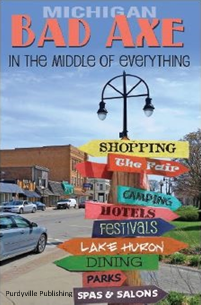
Other participants defined a vibrant and thriving community as a place that has adequate medical and mental health resources available to support its residents, especially families who are in need but do not necessarily qualify for services. They would like to see mental and physical health care more accessible without the degree of red tape and bureaucracy that exists in the current system. This concern includes the availability of primary care physicians for the general public and adequate resources to address what is perceived to be a growing drug and substance abuse problem in the community.
Behind all of these specific suggestions seemed to lurk widespread perceptions both that the community needs to “come together” and that no one knows exactly how to accomplish this. The need for someone or some organization to step out of its comfort zone and try to rally the community seemed palpable.
Where do we go from here?
The aspirations, concerns and suggested actions summarized here represent the views of a slice of the community. Many participants suggested that community conversations continue on an on-going basis as a way to involve more members of the public and provide opportunities for collaboration. Library staff members would willingly help facilitate this. Perhaps as a result of continued discussion and exchange, one or two small projects could be identified that individuals and/or community groups could get behind as a first collaborative step.
It is true that funding is a major issue in bringing certain suggestions to fruition. However, many participants pointed out that a lot can be accomplished if people pull together and give of their time. A progressive community is always a work in progress. We look forward to seeing the next steps.
